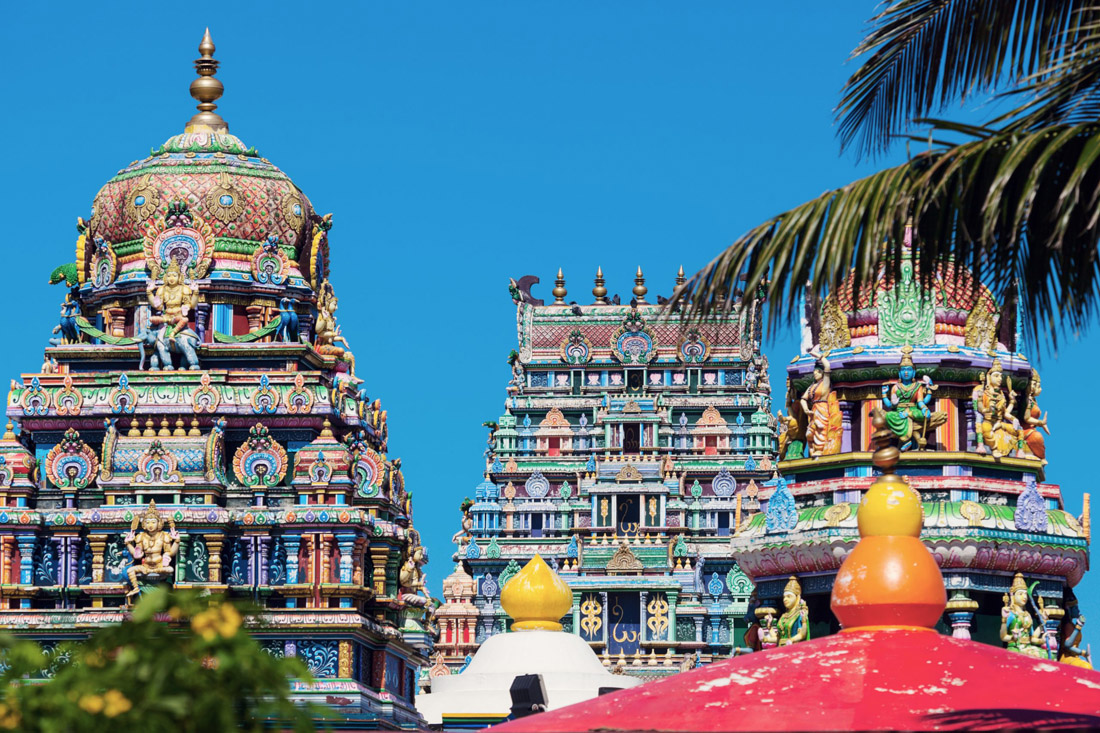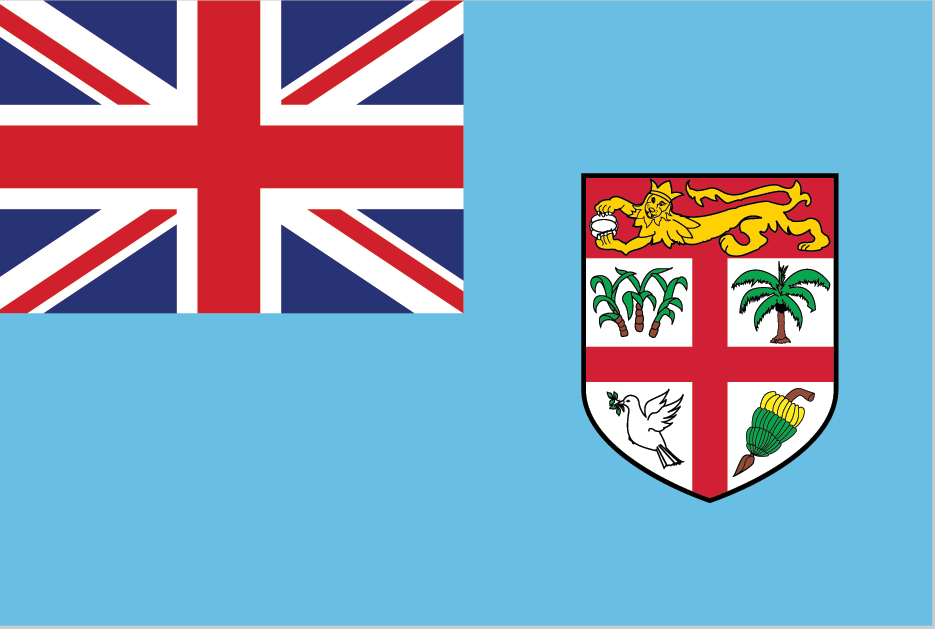Travel Destination
Fiji
Scattered across the South Pacific, Fiji beckons with its turquoise waters, vibrant coral reefs, and warm hospitality. English, Fijian, and Hindi create a harmonious linguistic blend as you explore the coral coast, dive into the underwater wonders of the Great Astrolabe Reef, and immerse yourself in the Fijian traditions in villages like Navala. Whether you’re relaxing on the pristine beaches of the Yasawa Islands, participating in a traditional kava ceremony, or embarking on a thrilling adventure at the Garden of the Sleeping Giant, Fiji promises a Pacific paradise where relaxation, adventure, and cultural immersion coalesce.

Suva
Welcome to Suva, the vibrant capital of Fiji, where rich culture, stunning landscapes, and warm hospitality await you. Explore the Fiji Museum to learn about the country’s fascinating history, and stroll through the Thurston Gardens, a tranquil oasis in the heart of the city. Experience the bustling Municipal Market, a hub of local life and the perfect place to try delicious Fijian fruits and snacks. Embrace the city’s lively nightlife, with restaurants, bars, and clubs offering a taste of Fijian entertainment. Suva invites you to immerse yourself in its unique blend of tradition and modernity.
Lautoka
Embrace the friendly atmosphere of Lautoka, Fiji’s second-largest city, nestled on the scenic western coast. Stroll through the lively Lautoka Market, known for its fresh produce and handicrafts, and sample the sweet pineapples the city is famous for. Experience the intriguing sight of the giant sugarcane train trundling through the countryside, showcasing Fiji’s agricultural heritage. Enjoy the pristine beaches and clear waters, perfect for swimming, snorkeling, and relaxing under the sun. Lautoka offers a delightful blend of authentic Fijian culture and natural beauty.
Nadi
Discover Nadi, the bustling gateway to Fiji’s pristine islands and stunning beaches. Visit the Sri Siva Subramaniya Temple, a colorful Hindu temple renowned for its intricate architecture. Unwind at the thermal mud pools and hot springs of Sabeto, offering a rejuvenating natural spa experience. Don’t miss the chance to explore the vibrant Port Denarau, where you can indulge in shopping, dining, and entertainment. Nadi beckons travelers with its tropical charm and a plethora of island adventures.
Labasa
Welcome to Labasa, located on the northern island of Vanua Levu, where you can experience the true essence of Fijian life. Explore the charming Wailevu Village, known for its traditional bure houses and warm hospitality. Enjoy a scenic cruise on the Labasa River, surrounded by lush greenery and captivating wildlife. Indulge in the famous Labasa barbecued chicken, a local delicacy loved by visitors and residents alike. Labasa promises an authentic Fijian experience off the beaten path.
Savusavu
Welcome to Savusavu, known as Fiji’s “Hidden Paradise” and nestled on the shores of a stunning natural harbor. Experience the soothing hot springs at the Savusavu Hot Springs Hotel, offering a perfect relaxation spot. Embark on a diving or snorkeling adventure to explore the vibrant marine life and coral reefs of Savusavu Bay. Discover the charming Copra Shed Marina, where you can enjoy waterfront dining and admire the yachts docked in the harbor. Savusavu beckons travelers with its idyllic beauty and secluded charm.
Levuka
Step back in time in Levuka, a UNESCO World Heritage site and Fiji’s former capital, located on the island of Ovalau. Explore the historic architecture and colonial buildings, reflecting Fiji’s intriguing past. Visit the Sacred Heart Cathedral, a beautiful example of gothic architecture, and learn about Fiji’s history at the Levuka Museum. Enjoy the laid-back atmosphere and pristine beaches, making Levuka a charming destination for travelers seeking tranquility and history.
Country information
- Country code: FJ, FJI (ISO 3166-1)
- Population: 884 887 (2017)
- Currency: Fijian dollar ($, FJD)
- Calling code: +679





